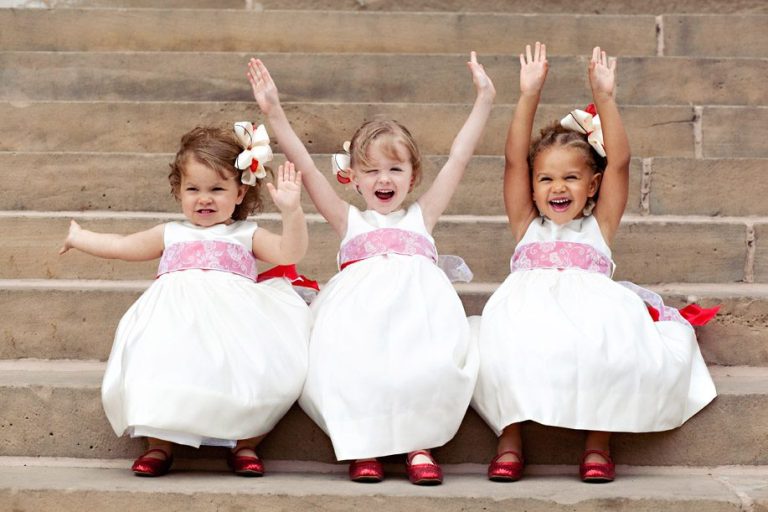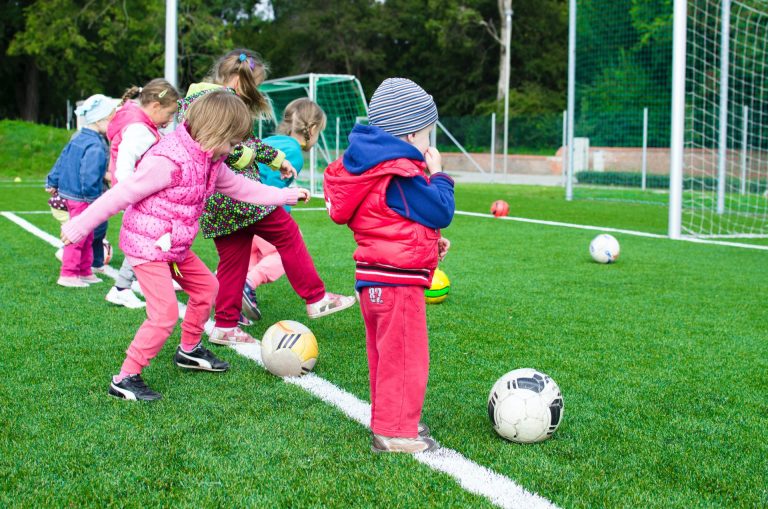Little Dreamers
“Love, perhaps, is the ability to see more deeply, to understand the pain in the lives of those children that fill your classrooms, and know that love heals their wounds when all else has failed”.
My hope, as an educator is to spark children’s curiosity, to develop their relationship with learning. I want to sell them on the greatness of learning, the power of knowledge, and the benefits of personal discipline. But measurable outcomes, manageable steps, and the rigidity of standardization seems to dominate all of children’s hopes and dreams today. Standardisation of curriculum and testing which defines which schools, teachers, and students are successful and which are not has resulted in the narrowing of school experiences. Creativity, executive thinking skills, social skills, and other cognitive and non-cognitive skills have been stifled. The assumption is that standardized testing is a good, overall measure of how our children are doing. “Are they doing well or not? Let’s look at their test scores.”
But is that what we learn from these tests? Does it show us how well a child perseveres in challenging situations? Does it show us how well they work within groups? Does it depict the sleepless nights spent studying to then barely pass? Does it show us how empathetic they are? Do we know how well they evaluate or think divergently? To use the newest favorite word in education, grit, does it measure how much grit they have? No. Standardized tests miss a lot of information. As Albert Einstein is quoted to have said, “Not everything that can be counted counts, and not everything that counts can be counted.”
Our children’s learning environments are being defined by them, designed to get test scores higher but not necessarily children learning better. Tests are given excessive power, determining which children, teachers, and schools are successful and which are not successful. Success, as measured by these tests, is what judges children’s accomplishments. If a child’s gift is creative, divergent thinking, then too bad, it’s not on the test. If a child’s strength is music, then too bad, it’s not on the test. If a child’s strength is group dynamics or sports, too bad, because it’s not on the test. That is a lot of power for single tests. That is too much power.
“But wait!” you say. “They measure something of value. Don’t they?” Sure. Standardized tests are not bad. As long as we understand that they are limited assessments of some knowledge and skills. That the tests are a snapshot of how a child performs on that day, and at that time; that the tests are limited and that their power should be limited too. Decisions not about who fails and who succeeds, but decisions about how to help all kids grow, by changing what we have been doing; including changes in how we assess and respond to children in an educationally, culturally, economically and socially appropriate manner. That is the only way we will leave no child behind. We need to identify, recognize, and take-up innovative ways to teach culturally and economically divergent students and demand that our schools assess success in a broader manner than we currently do.
Why are we surprised that kids still don’t see their hopes and dreams in our schools and continue to drop out? Is standardization the best way to approach the issue of greater inclusion? Nope. It’s proven not to be. Educators are powerful movers of hope in a time where hope seems almost fragile and under siege from so many external, as well as internal, sectors. To educate and teach with conviction patience, and skill, requires a steady infusion of hope. We have to maintain our hope that children can succeed, even in the face of struggle. We need to believe in our own efficacy; our ability to reach hard-to-reach children. We need to assert our own priorities and knowledge of how children learn. We need to say out loud that we have high expectations and good plans. We also need to invite children to articulate their social and academic goals. When we ask our children to explore their hopes, we give them the opportunity to invest in their own schooling and, with eagerness, to bring their hope into the classroom each year. Our best hopes can be translated into successful action plans. If I want students to become problem solvers, I am ready with opportunities to learn and appropriately phased interventions. To help one student become a better reader, a reader of chapter books, together we will select appropriate texts and a series of instructional steps. What is important is that teacher and students are a team working on student- and teacher-named goals.
Teachers you may be the only functioning adults in a child’s world and you should never underestimate the value of the relationship you have with your students because when you give children hope, you might as well be sprinkling them with gold dust. For children who believe they are worthless and who have lost their power to dream, a teacher’s kindness can challenge their worldview and put them on the path to achievement. And what about those children who present a lot of challenging behavior? Those students are often are crying out to be seen, heard, and accepted for who they are – to be loved compassionately. And it is at those moments that you realise that love, perhaps, is the ability to see more deeply, to understand the vicissitudes in the lives of those children that fill your classrooms, and know that love heals their wounds when all else has failed.
We would like to end this blog post by quoting a poem written by a student whose life was changed by a loving teacher and it beautifully illustrates the message we wanted to convey:
“When I first met you
The stony wall around my hands
Was proud and gray, and
Your patience was no small feat.
You took that wall down
Carrying as many stones with it
As you could.”
-Stephanie Bugeja is an educational psychologist. She offers educational assessments. She can be contacted on stephanie@willingness.com.mt.






